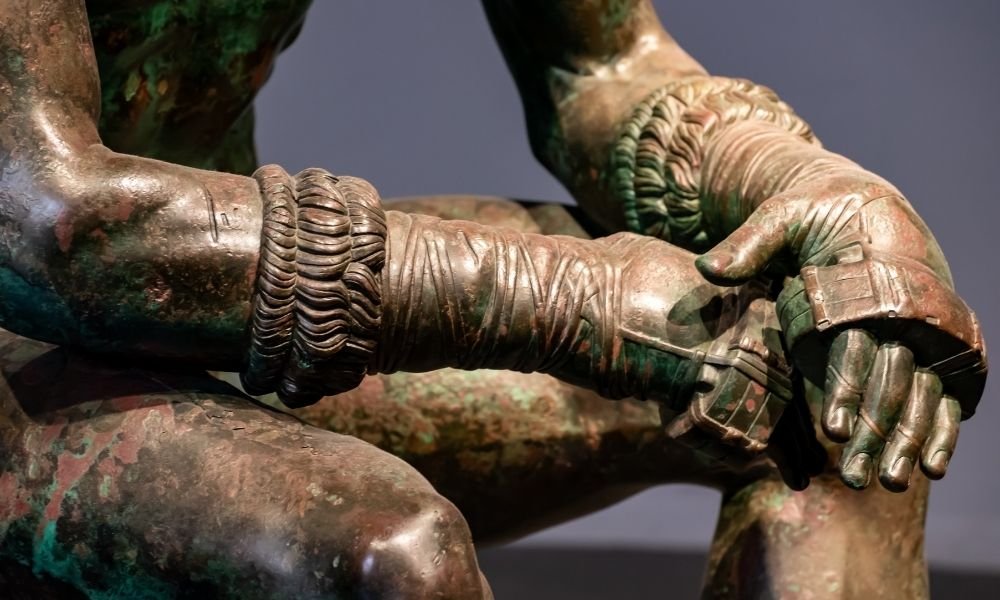Bronze and brass metals tend to get lumped together by some people simply due to their distinct reddish tint. When it comes to making works of art with them, though, they couldn't be more different. Continue reading to discover more about bronze vs. brass and how to choose the best fit for sculpting.
Composition of Each Metal
Brass and bronze are copper alloys, making them difficult to distinguish. The primary distinction is in what these components get blended with. Bronze is composed of copper and tin (80-90 percent copper and 10-20 percent tin/other elements), whereas brass is composed of copper and zinc (60-80 percent copper and 20-40 percent zinc).
Because of its composition, bronze is a more accessible metal for artists when it comes to chasing and welding parts together. On the other hand, brass is a far more challenging material to weld. This challenge is because it contains more zinc than bronze. That’s why brass is more commonly used for industrial processes.
Coloring of the Metals
Bronze has a significantly deeper finish and generally looks more reddish-brown, whereas brass has a brighter finish with a golden yellow shine that simulates the appearance of pale gold. The oxidation process of its zinc content causes brass to blacken with time, while bronze may desaturate slightly under certain conditions such as exposure to outdoor elements. You should apply a protective coating whenever you place bronze sculptures outside for that reason.
Durability of Each
Bronze is robust and long-lasting, but it lacks the elasticity of copper. It can resist water, making it rust-resistant—a perfect trait for sculptures to have. While brass is sturdy, it simply isn't as durable as bronze. Instead, it is more vulnerable to rust and cracking than bronze, while also being less flexible.
Uses in Artwork
Bronze is much preferable over brass due to its malleable nature while casting. Bronze can capture the minute details of a cast and press itself into gaps with better effectiveness and less cracking than brass. Furthermore, bronze is extremely easy to maintain, with minimal upkeep once the sculpture is complete.
You’ll more likely find brass used for an industrial process, such as making door handles, as well as musical instruments such as trombones and tubas. The latter use is primarily because brass has ideal acoustic properties.
When choosing the best fit for sculpting between bronze vs. brass, bronze is the better material because of its capacity to create exceedingly minute details and long-lasting durability. You can find a beautiful and incredibly detailed bronze bulldog sculpture for sale through my website, along with many other fantastic options that look great in your home or business. Feel free to contact me with any questions about my artwork.

